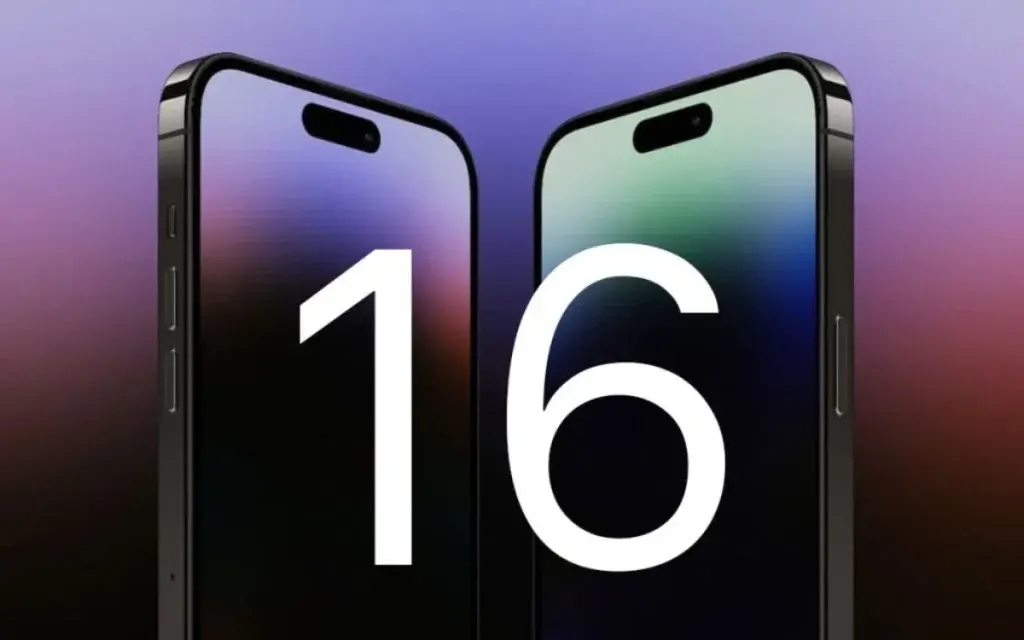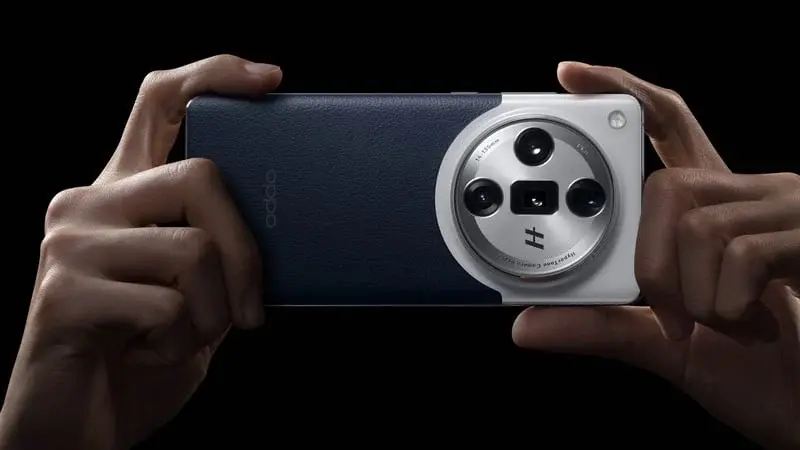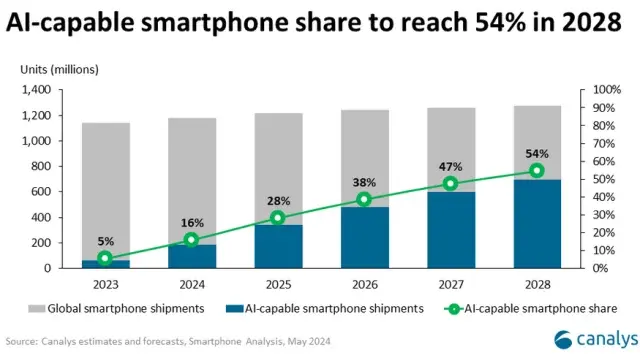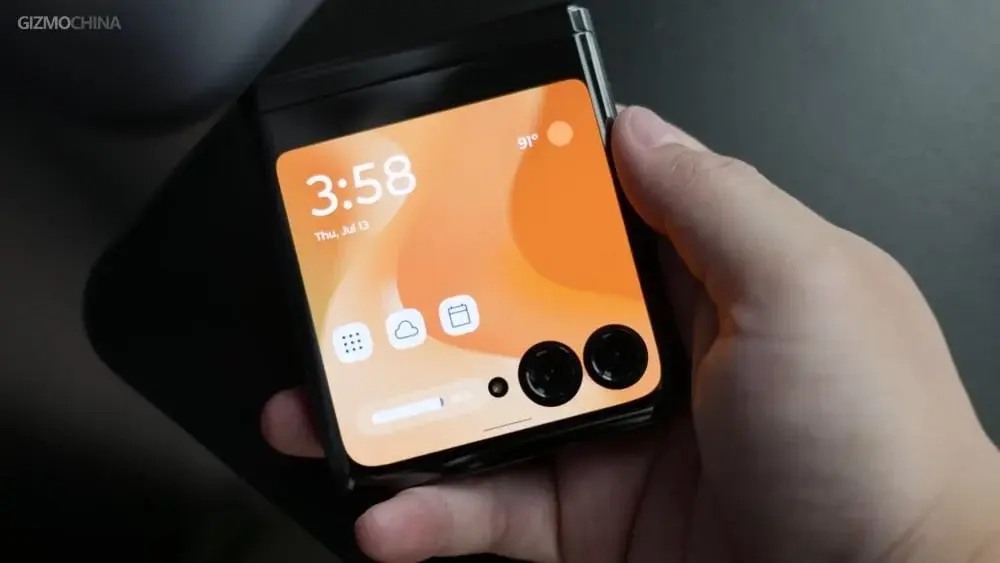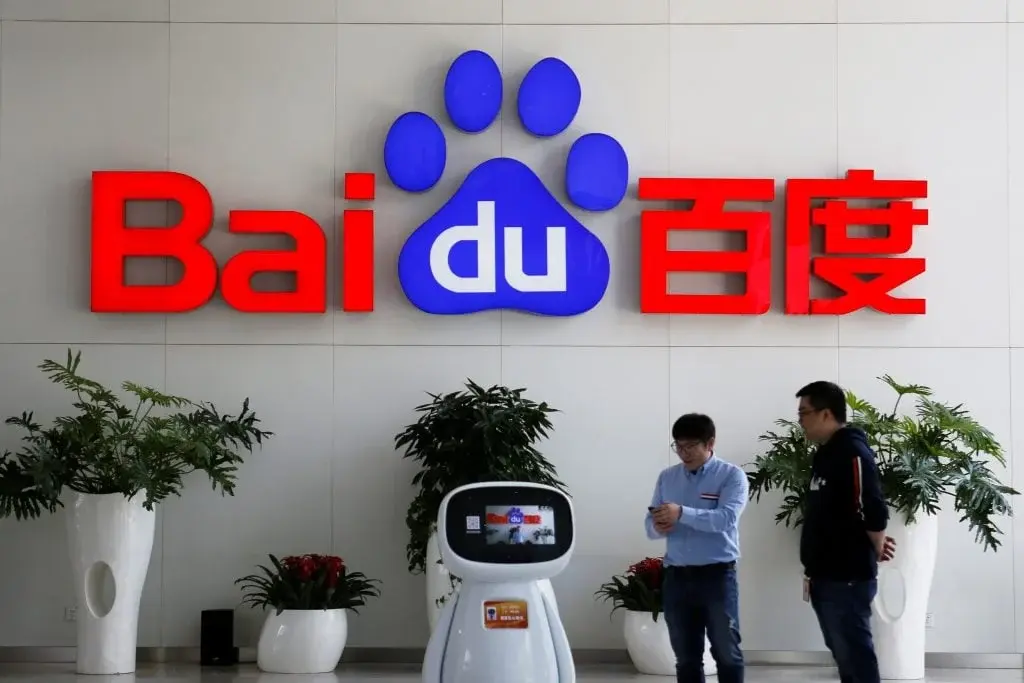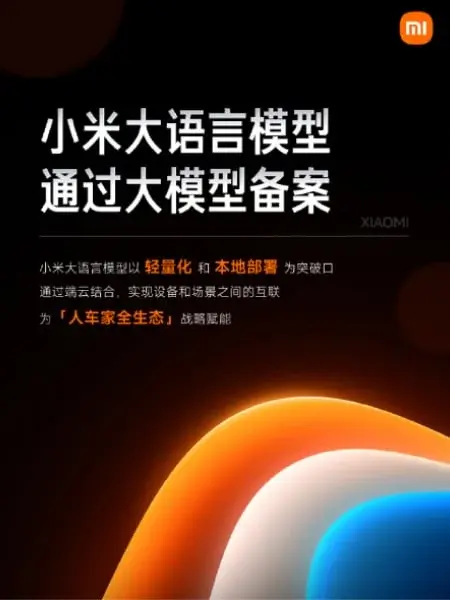Apple’s fall event on September 9, 2024, introduces the iPhone 16 series, prompting many to ask: "Should I upgrade to the iPhone 16?" With four models—iPhone 16, 16 Plus, 16 Pro, and 16 Pro Max—the base iPhone 16 and 16 Plus attract those seeking the latest technology without the Pro models’ price. But is the iPhone 16 base model right for you? Let’s explore.
The Key Enhancements: AI Integration and Beyond
The iPhone 16 base models feature major advancements, with AI being the most notable. Apple is embedding AI across its devices for the first time, offering enhanced experiences via an upgraded Siri, AI-driven suggestions in Messages and Mail, ChatGPT-powered writing tools, and new features in Photos, like object removal. These AI advancements aim to make everyday tasks more seamless and intuitive, even on the base models.
Hardware enhancements include the A18 chip and 8GB of RAM, ensuring efficient AI performance. This increase in memory and processing power also results in better overall performance, faster app launches, and smoother multitasking.
Who Should Consider Upgrading?
iPhone 13 or Older Users: For those using an iPhone 13 or an older model, the iPhone 16 base model is a significant upgrade. Users will enjoy faster performance, improved battery life, and markedly better camera quality. The AI features will revolutionize phone usage, from more intelligent Siri interactions to enhanced photo editing tools.
Budget-Conscious Users: If you’re looking for a new iPhone without the high cost of the Pro models, the iPhone 16 base model is a great option. It delivers many new features and improvements without the additional cost of Pro-exclusive features like advanced cameras and extra AI capabilities.
Casual Smartphone Users: For those using their iPhone for basic tasks such as browsing, messaging, and social media, the iPhone 16 more than suffices. Its AI integration enhances these daily activities, making the experience smoother and more enjoyable. The improvements in battery life and performance make it a dependable choice for everyday use.
Early Adopters of AI: For those eager to experience AI integration in smartphones, the iPhone 16 is the gateway. While Pro models offer more advanced AI features, the base model still provides a robust introduction to AI’s potential in mobile settings, from personalized Siri responses to AI-enhanced photo features.
Who Should Wait?
iPhone 14 or 15 Users: If you have a recent iPhone, like the 14 or 15, upgrading to the iPhone 16 base model may not be worthwhile unless you’re particularly interested in AI features. The performance and camera improvements, while significant, might not justify an upgrade if your current phone is still functioning well.
Power Users: Those who heavily rely on their smartphone for professional-quality photography, video editing, or other demanding tasks might find the Pro models more suitable. While powerful, the base model may not meet the needs of those requiring top-tier performance and camera technology.
Conclusion
The iPhone 16 base model is an attractive option for those upgrading from older iPhones or those interested in experiencing AI without a substantial financial commitment. It balances new features with a familiar design, making it an excellent choice for casual users, budget-conscious buyers, and early AI adopters. However, if you already own a recent iPhone or need the highest-end features, you may want to consider other options.

